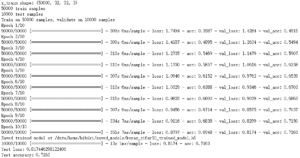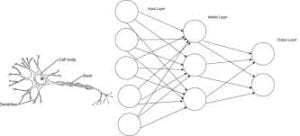Background
In today’s Internet environment, privacy is a really important topic. When participating in lots of social media, instant messaging apps, etc, we are often asked to upload or be motivated to share our looks — like Twitter, Instagram, or Weibo, WeChat. However, the multimedia sharing is a high threat to our privacy. To hide their personal information from strangers, some users block viewing requests from unfamiliars, or put mosaic on parts of their face. However, the mosaic is not always the best, since it also block the expressions on user’s face. So, I want to find a way in which we can keep our privacy as well as our expressions.
Project
So, here comes my proposed project Mojisaic (Emoji Mosaic) — a network that detects the expressions or emotions on the face to select a right emoji. (It is a image classifier basically). Then, using library like OpenCV to replace the faces in the image by emojis. The network implements CNNs, as well as Facial Feature Point detections, and classify the emotions as happy, sad, angry, crying, etc.
Reference
- https://towardsdatascience.com/face-detection-recognition-and-emotion-detection-in-8-lines-of-code-b2ce32d4d5de
- https://github.com/priya-dwivedi/face_and_emotion_detection
- https://arxiv.org/abs/1503.03832
- https://www.kaggle.com/c/challenges-in-representation-learning-facial-expression-recognition-challenge/data








